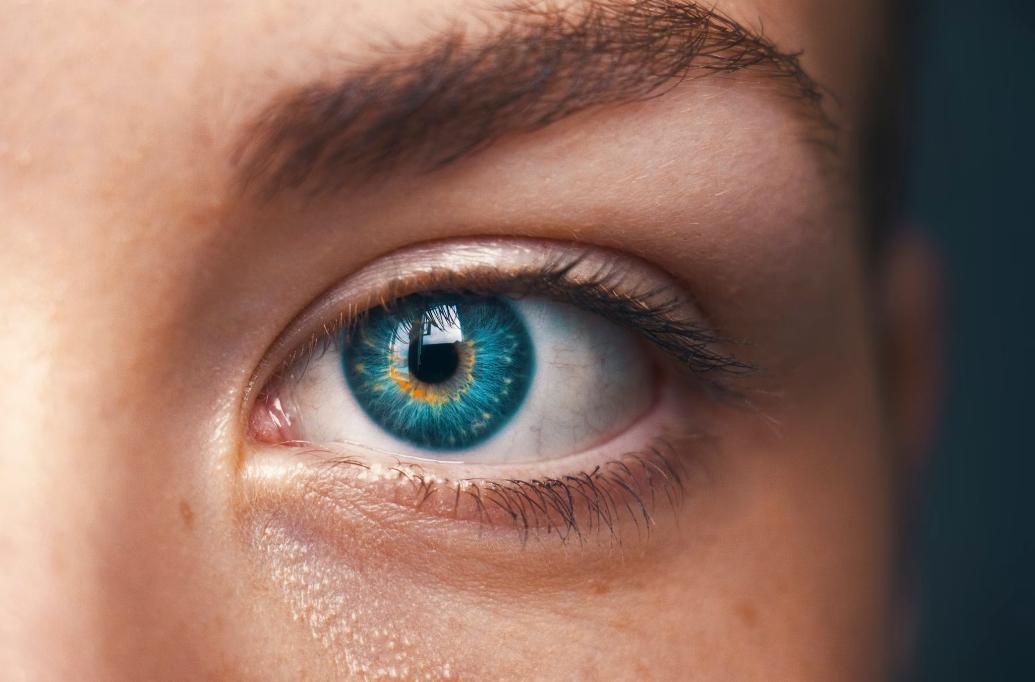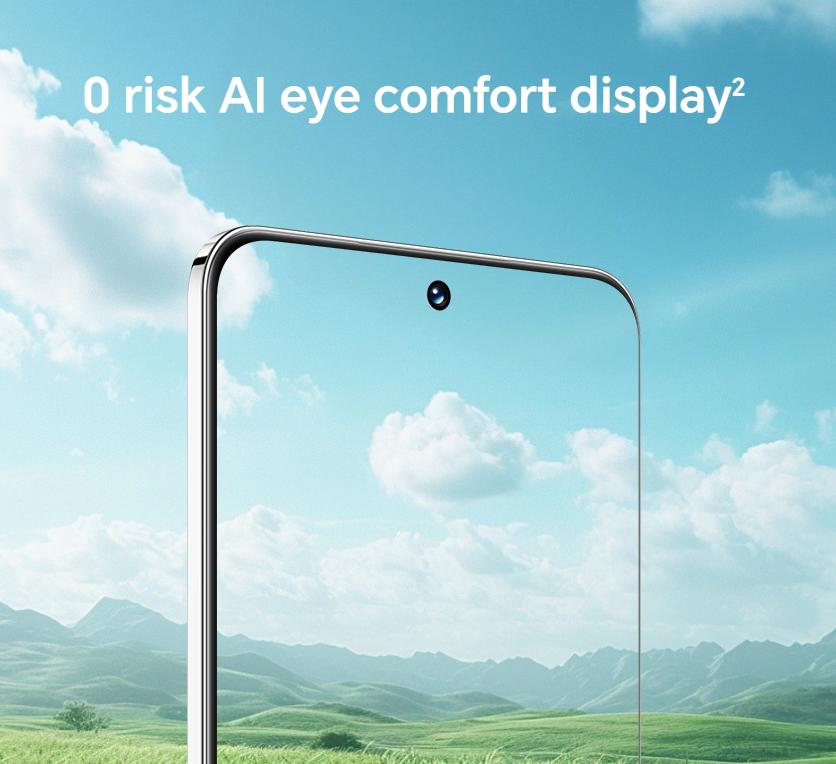In today's digital age, where screens are ubiquitous and our lives are increasingly intertwined with technology, prioritizing eye health has never been more critical. From prolonged screen time to exposure to harmful blue light, our eyes face a barrage of challenges that can impact their long-term health and well-being. In this article, we'll delve into the reasons why safeguarding your eyes should be a top priority, and explore practical tips for maintaining optimal eye health in the digital era.

Understanding the Risks: The Dangers of Digital Eye Strain
Prolonged Screen Time and Digital Eye Fatigue
With the proliferation of smartphones, tablets, computers, and other digital devices, many of us spend a significant portion of our day staring at screens. Prolonged screen time can lead to digital eye strain, characterized by symptoms such as eye fatigue, dryness, irritation, and blurred vision. Over time, untreated digital eye strain can contribute to more serious eye health issues, including myopia and age-related macular degeneration.
Blue Light Exposure and its Impact on Eye Health
Blue light emitted by digital screens has garnered increasing attention for its potential effects on eye health. Studies have shown that prolonged exposure to blue light can disrupt the body's natural sleep-wake cycle, leading to difficulty falling asleep and poor sleep quality. Additionally, blue light exposure has been linked to digital eye strain and may contribute to the development of retinal damage over time.
Increased Risk of Eye Conditions and Diseases
Neglecting eye health can also increase the risk of developing a range of eye conditions and diseases. Conditions such as dry eye syndrome, glaucoma, and cataracts are more prevalent among individuals who spend excessive amounts of time in front of screens or fail to protect their eyes from harmful environmental factors. By prioritizing eye health and taking proactive measures to protect our eyes, we can reduce the risk of developing these debilitating conditions.
Practical Tips for Protecting Your Eyes
Follow the 20-20-20 Rule
One effective strategy for reducing digital eye strain is to follow the 20-20-20 rule. For every 20 minutes spent staring at a screen, take a 20-second break and look at something 20 feet away. This simple practice helps reduce eye fatigue and allows the eyes to rest and refocus.
Adjust Screen Settings and Lighting
Optimize your screen settings to reduce eye strain. Adjust the brightness and contrast levels to comfortable levels, and enable features such as night mode or blue light filters to minimize blue light exposure, especially during evening hours. Additionally, ensure that your workspace is well-lit to reduce glare and minimize eye strain.
Take Regular Breaks and Practice Eye Exercises
Incorporate regular breaks into your screen time routine to give your eyes a chance to rest and rejuvenate. During breaks, engage in simple eye exercises such as blinking, focusing on distant objects, and rolling your eyes in different directions to relieve tension and improve blood circulation to the eyes.
Use Protective Eyewear and Screen Protectors
Consider investing in protective eyewear, such as blue light blocking glasses, to reduce blue light exposure and alleviate digital eye strain. Additionally, apply screen protectors with anti-glare and blue light filtering properties to your devices to minimize the impact of screen glare and harmful light emissions on your eyes.

Conclusion
By implementing practical tips for reducing digital eye strain and protecting your eyes from harmful blue light, you can maintain optimal eye health and prevent long-term damage. In addition, smartphones like the HONOR 200 take eye health seriously with its Hardware Level Low blue light feature, which reduces blue light emissions to minimize digital eye strain. With the HONOR 200, you can enjoy peace of mind knowing that your eyes are protected, allowing you to focus on what matters most without compromising your vision.
